What is the Raspberry Pi Pico?
Introducing the latest $4 member of the family of single-board microcomputers

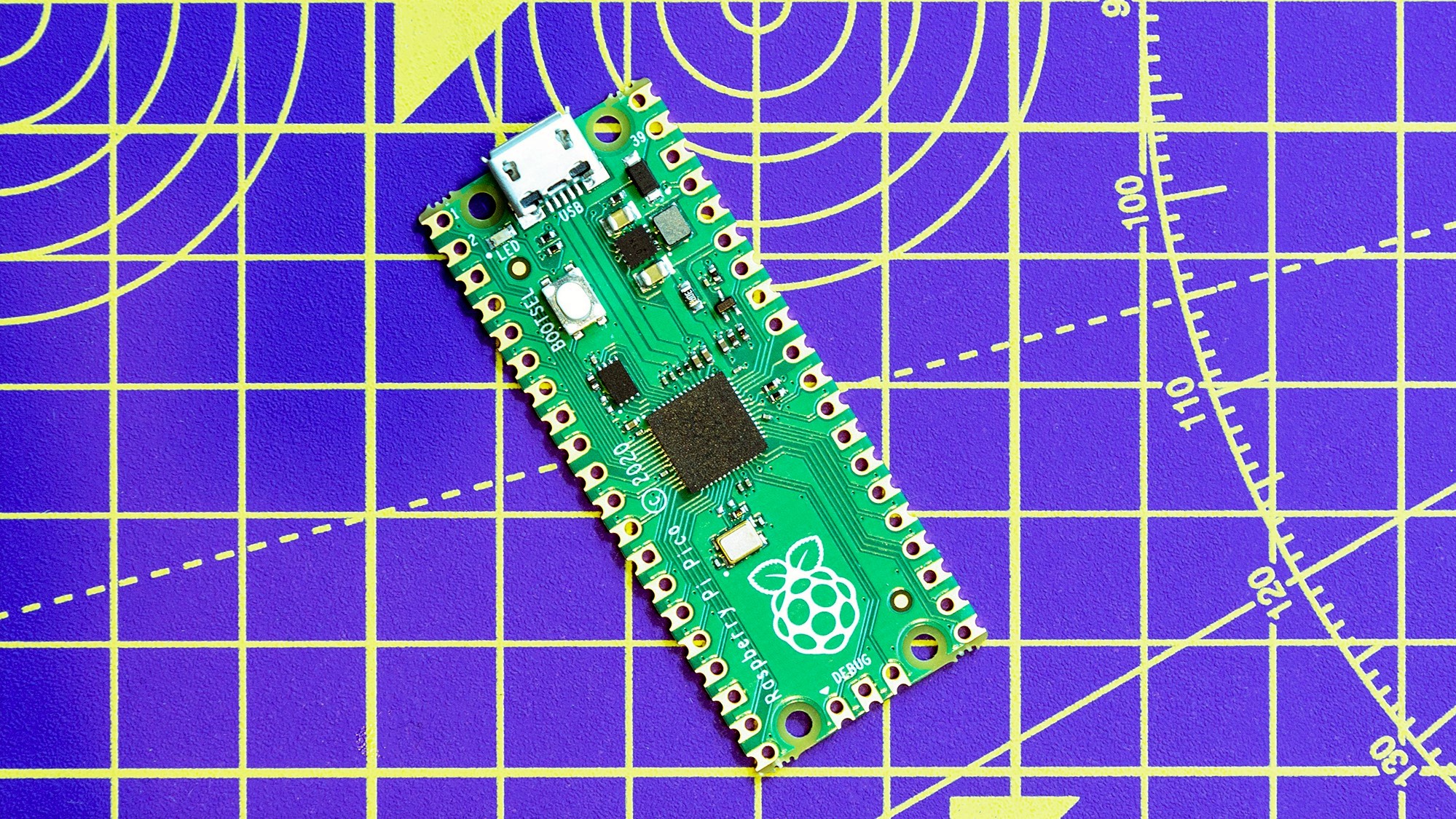
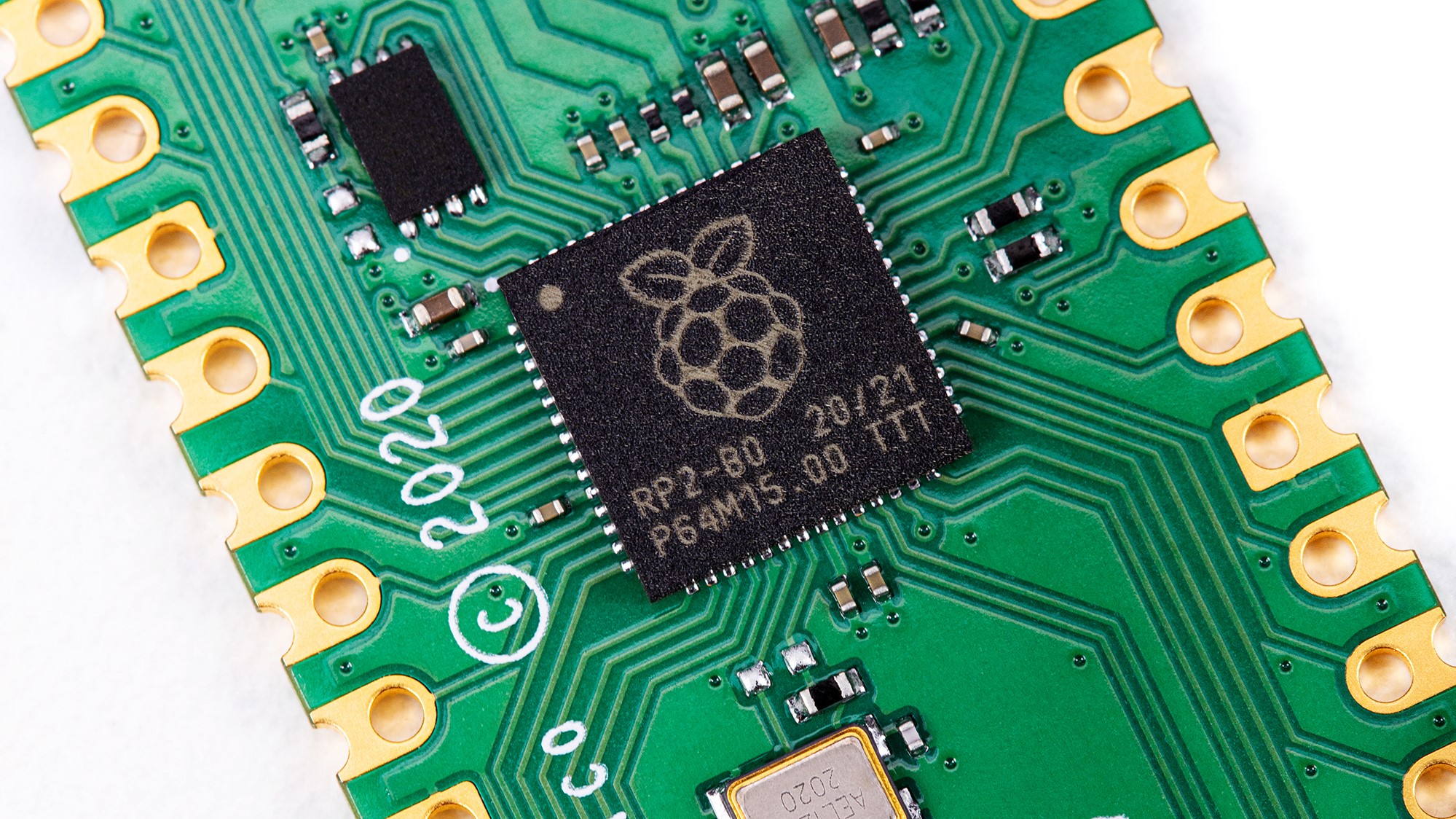
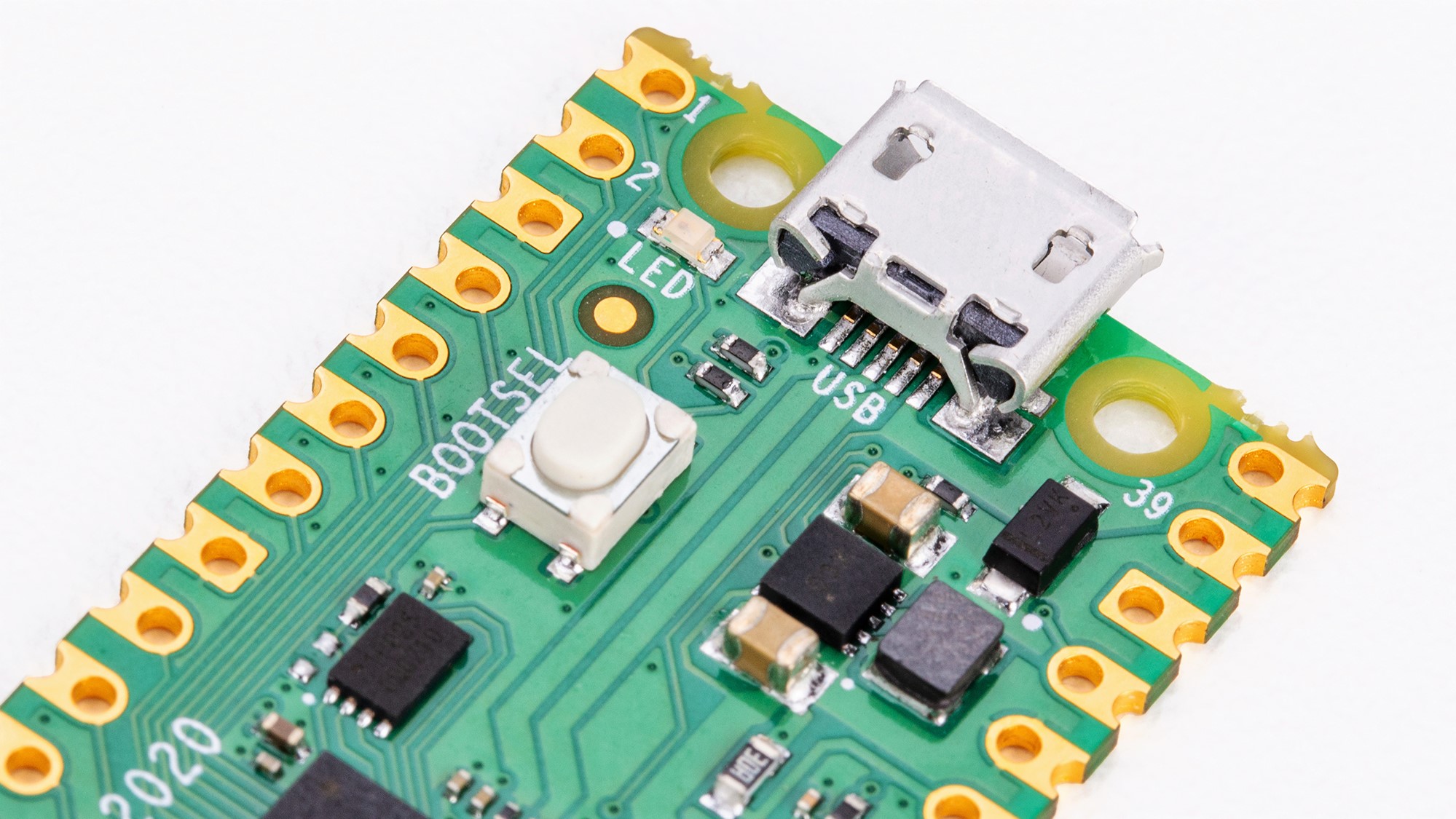
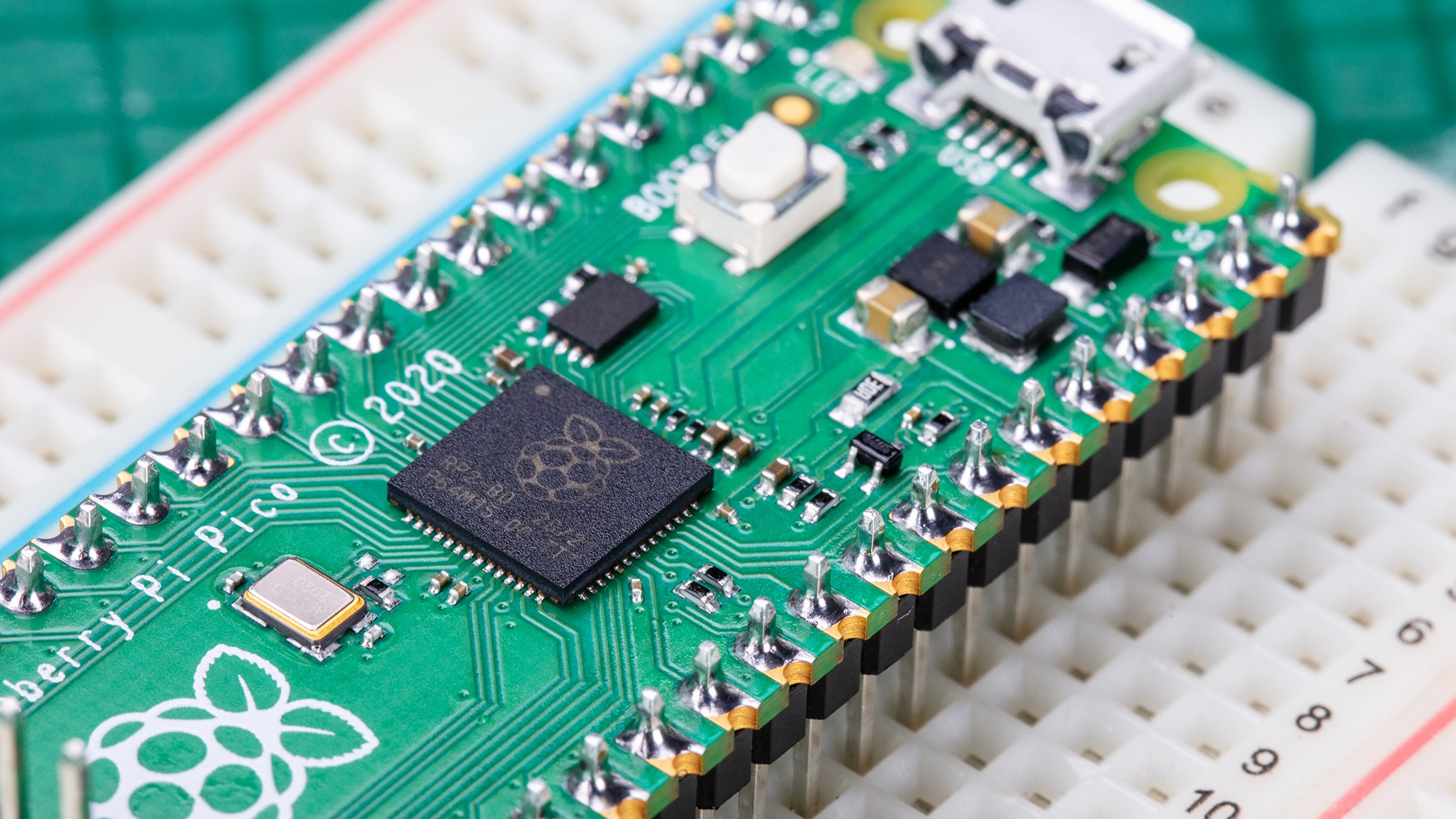
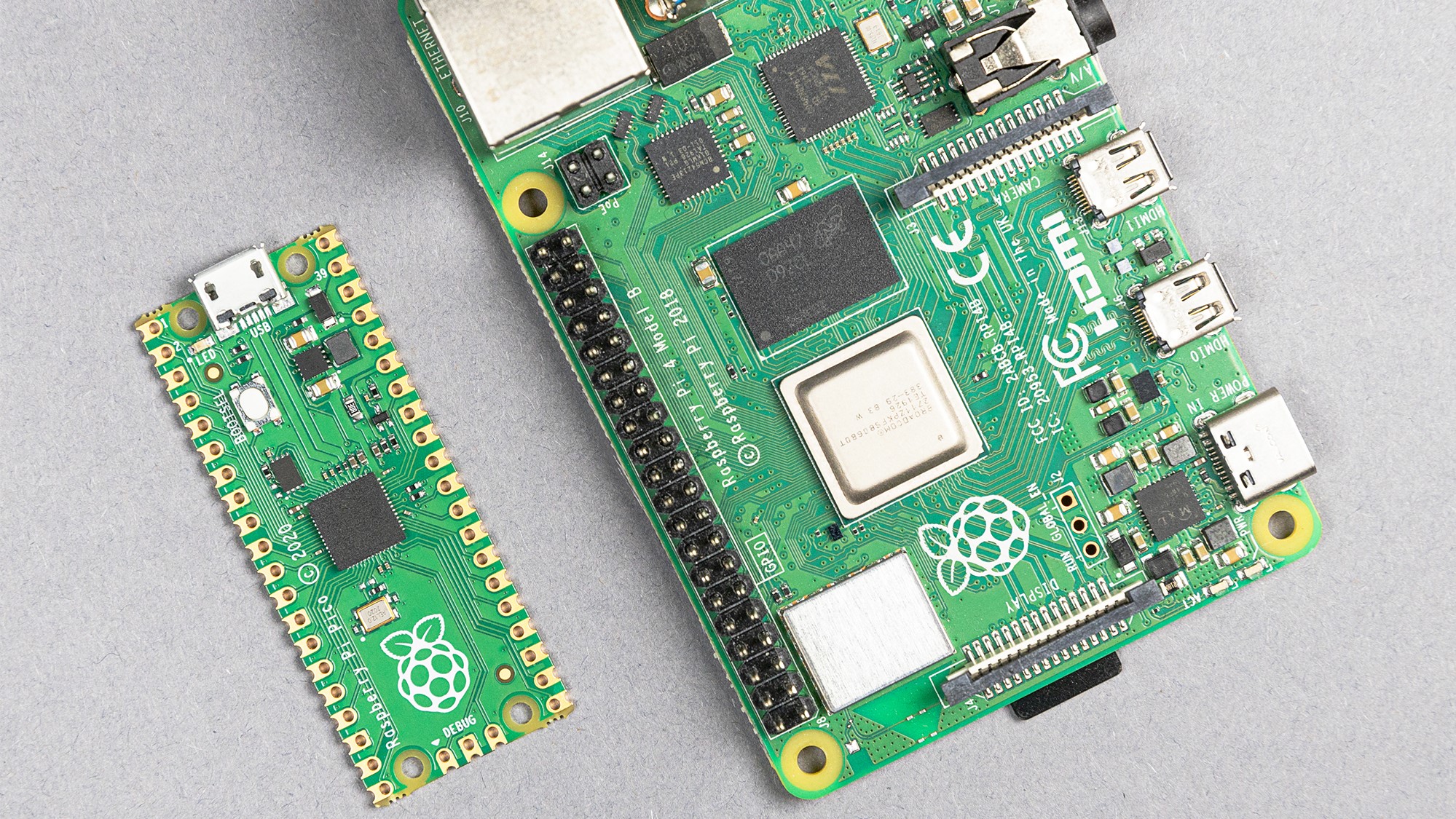
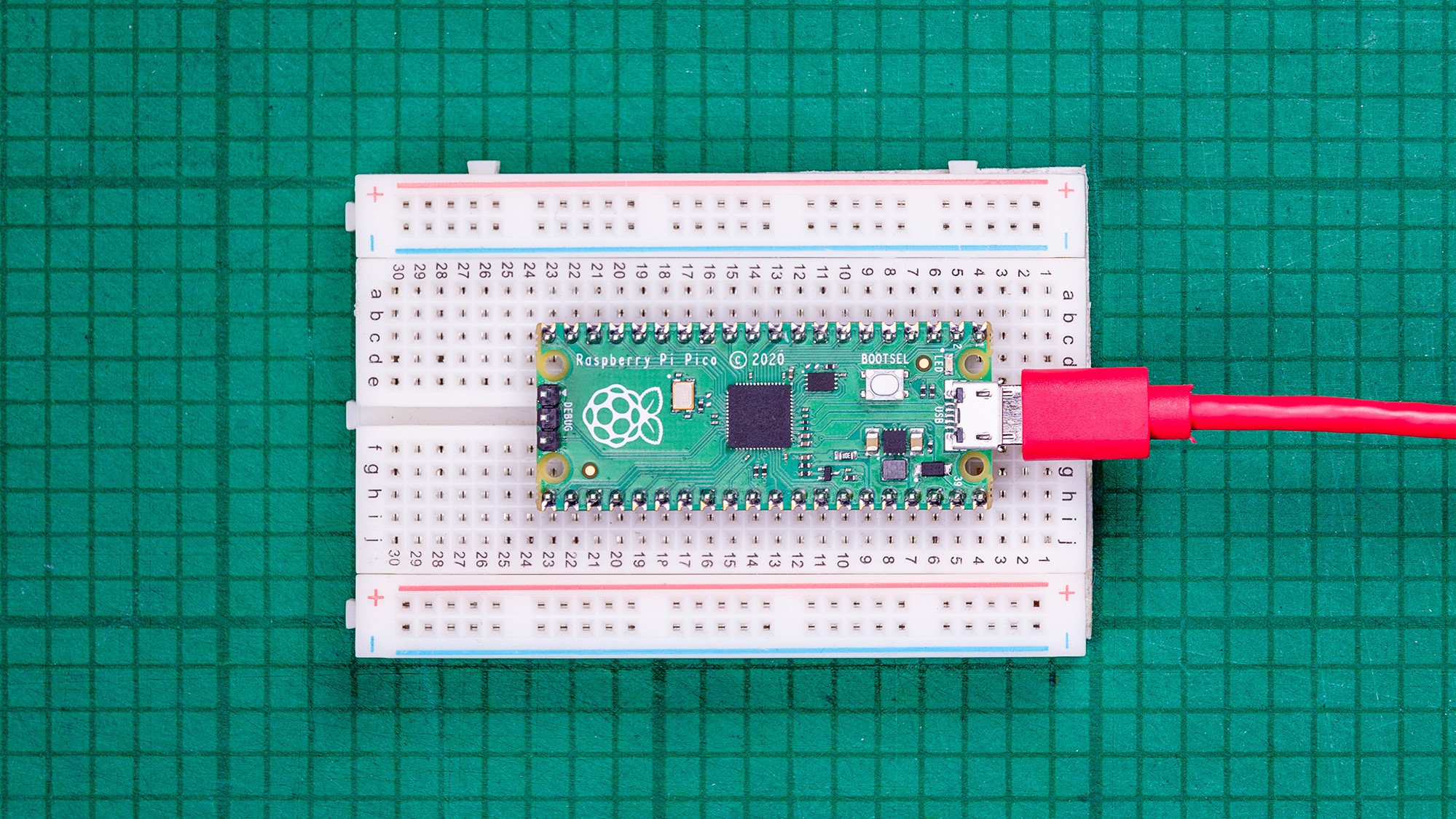
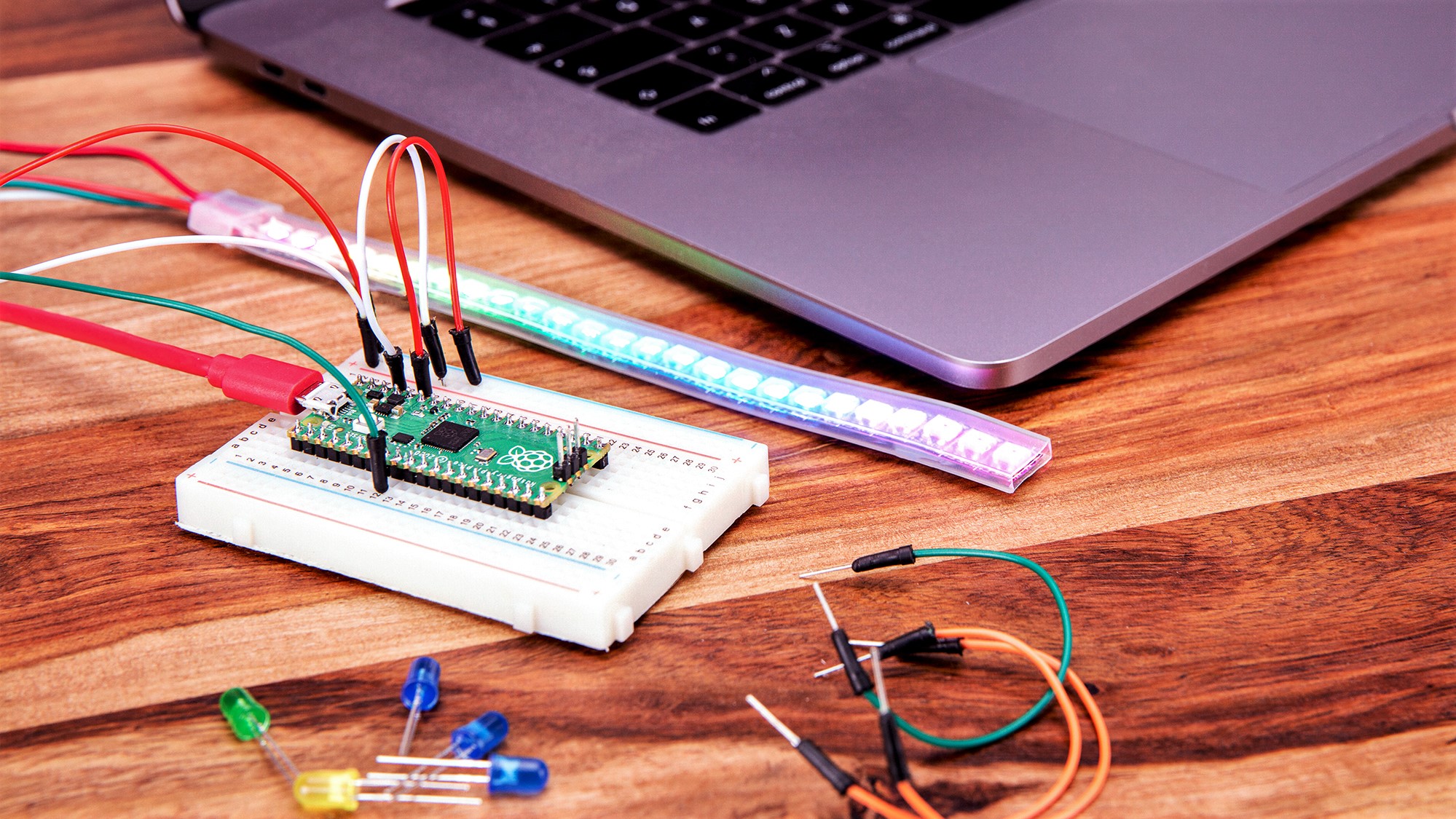
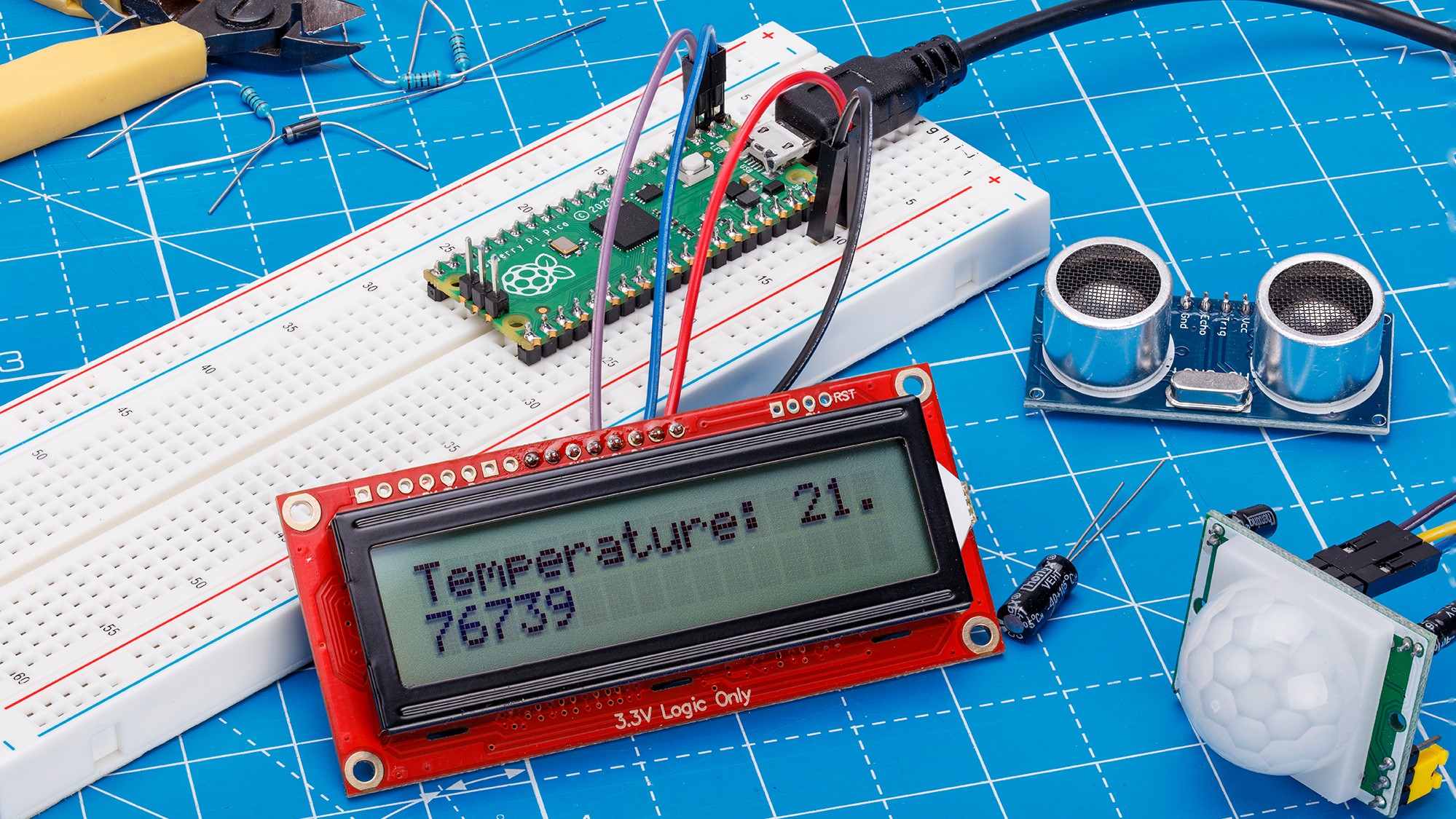
The Raspberry Pi Pico is the Raspberry Pi Foundation’s first microcontroller-class product, built on the new RP2040 chip and priced at a modest $4 (£2.91).
While standard Raspberry Pi computers, such as the Raspberry Pi 400, take the form of a single board computer which contains a system on chip (SoC), the Pico is a microcontroller, meaning the computer is embedded on a single semiconductor integrated circuit chip.
The Pico is programmable in C and MicroPython, and is aimed at developers looking for a standalone board for deep-embedded development, or those seeking a companion to their existing Raspberry Pi computers. It’s also designed for people taking their first steps with microcontroller hardware.
What is RP2040?
To develop its first microcontroller computer, the Raspberry Pi Foundation first built the RP2040, a low-cost and high-performance silicon chip with flexible digital interfaces.
It includes a dual-core ARM Cortex-M0+ processor, 264KB of on-chip RAM and support for up to 16MB off-chip Flash memory, direct memory access (DMA) controller, as well as a rich set of peripherals. The chip is also augmented with the Raspberry Pi Foundation’s unique programmable I/O (PIO) subsystem.
Everything is crammed into a 7x7nm package containing two square millimetres of 40nm silicon.

The foundation claims the chip’s power and memory is built with power users in mind and is ideal for machine learning applications. Users can find a version of the TensorFlow Lite Micro library on Github for a starting point on using the microcontroller for machine learning. More content is set to be available over the coming months.
Get the ITPro daily newsletter
Sign up today and you will receive a free copy of our Future Focus 2025 report - the leading guidance on AI, cybersecurity and other IT challenges as per 700+ senior executives
How is the Raspberry Pi Pico built?
The Raspberry Pi Pico takes the RP2040 chip and pairs it with 2MB of Flash memory, as well as a power supply chip supporting input voltages from 1.8 - 5.5V. This chip allows users to power their boards from a range of sources, including two or three AA batteries in series, or even a single lithium-ion cell.
The microcontroller hosts a single push button, which can be used to enter USB mass-storage mode at boot time, as well as a general input, and a single LED. The RP2040 chip is accessible, too, with 26 of the 30 I/O pins exposed, as well as three of the four analogue inputs. The Pico is designed in such a way that it can be soldered directly onto a carrier board, with volume customers able to buy pre-fixed units.
Why a microcontroller?
The Raspberry Pi Pico is the first microcontroller board developed by the foundation and is the first device to use a silicon chip built by the in-house team. The decision to launch this model as a microcontroller helps to nullify a number of limitations of the conventional Raspberry Pi computer.

For instance, even the lowest power variant, the Raspberry Pi Zero, consumes power in the order of 100 milliwatts. Raspberry Pi also doesn’t support analogue input on its own.
Finally, it’s possible to run ‘bare metal’ software on Raspberry Pi, but software running under a general-purpose operating system, such as Linux, isn’t well-suited to low-latency control of individual I/O (input/ouput) pins.
Hobbyists and industrial applications normally pair a Raspberry Pi with a microcontroller, so it makes perfect sense for the Raspberry Pi Foundation to develop its own. In these pairings, the Raspberry Pi takes care of heavy-duty computation, network access, and storage, while the microcontroller handles analogue input and low-latency I/O. These additions also provide a low-power standby mode.
What can the Raspberry Pi Pico be used for?
With its debut microcontroller, the Raspberry Pi Foundation has developed plenty of support documentation, spearheaded by scientist and hacker Alasdair Allan and his engineering team. This material contains plenty of simple and easy-to-understand examples of how both beginners and experienced users can make the best possible use of their Raspberry Pi Pico.

The beginners’ book gives users an introduction to the MicroPython programming language, as well as a walkthrough on how to connect hardware to the microcontroller. It’s designed to get users developing their own electromechanical projects, including burglar alarms, temperature gauges, and reaction games, among others.
The Raspberry Pi Foundation has also offered details around existing projects developed using the RP2040. These include the Pico Tracker, a port of the high altitude balloon tracker developed by Dave Akerman, enhanced with temperature and pressure sensors. This also includes landing prediction algorithms. The Hub 75 Panel, meanwhile, allows users to control a 32 x 32 RGB LED panel through MicroPython. This takes advantage of the Pico’s programmable IO, that lets you output data fast enough for smooth animations.
Full Raspberry Pi Pico specifications
- RP2040 microcontroller with 2MByte Flash
- Micro-USB B port for power and data (and for reprogramming the Flash)
- Exposes 26 multi-function 3.3V General Purpose I/O (GPIO)
- 23 GPIO are digital-only and 3 are ADC capable
- Can be surface mounted as a module
- 3-pin ARM Serial Wire Debug (SWD) port
- Various options for easily powering the unit from micro-USB, external supplies or batteries
- High quality, low cost, high availability
- Comprehensive SDK, software examples and documentation

Keumars Afifi-Sabet is a writer and editor that specialises in public sector, cyber security, and cloud computing. He first joined ITPro as a staff writer in April 2018 and eventually became its Features Editor. Although a regular contributor to other tech sites in the past, these days you will find Keumars on LiveScience, where he runs its Technology section.
-
 Bigger salaries, more burnout: Is the CISO role in crisis?
Bigger salaries, more burnout: Is the CISO role in crisis?In-depth CISOs are more stressed than ever before – but why is this and what can be done?
By Kate O'Flaherty Published
-
 Cheap cyber crime kits can be bought on the dark web for less than $25
Cheap cyber crime kits can be bought on the dark web for less than $25News Research from NordVPN shows phishing kits are now widely available on the dark web and via messaging apps like Telegram, and are often selling for less than $25.
By Emma Woollacott Published
-
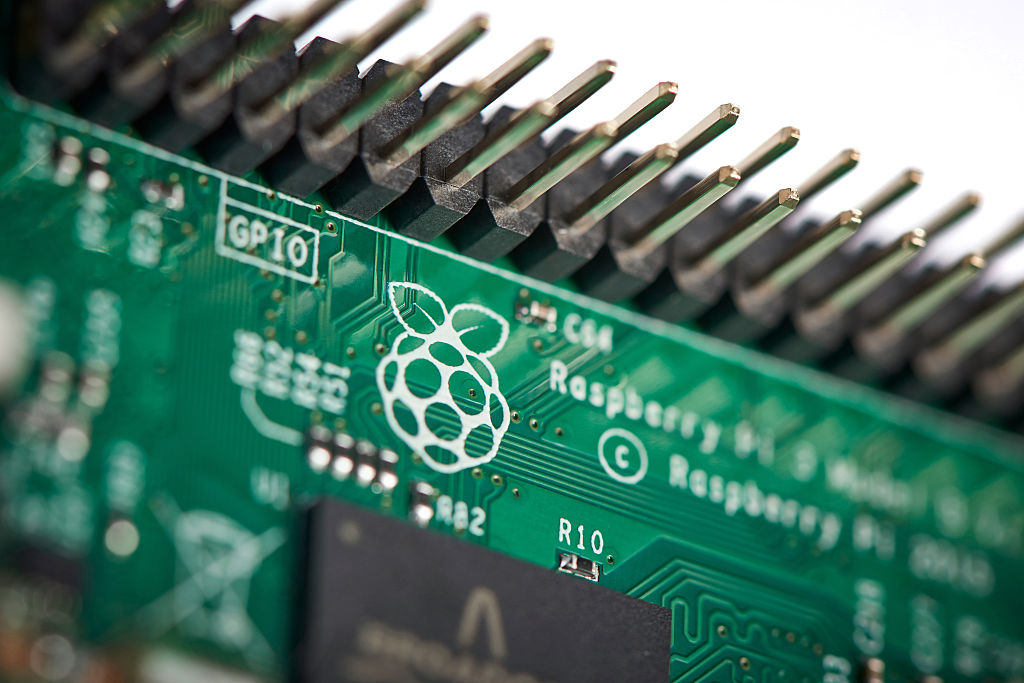 Arm acquires stake in Raspberry Pi in bid to drive IoT development
Arm acquires stake in Raspberry Pi in bid to drive IoT developmentNews The deal confirms a long-standing Raspberry Pi commitment to Arm chips
By Emma Woollacott Published
-
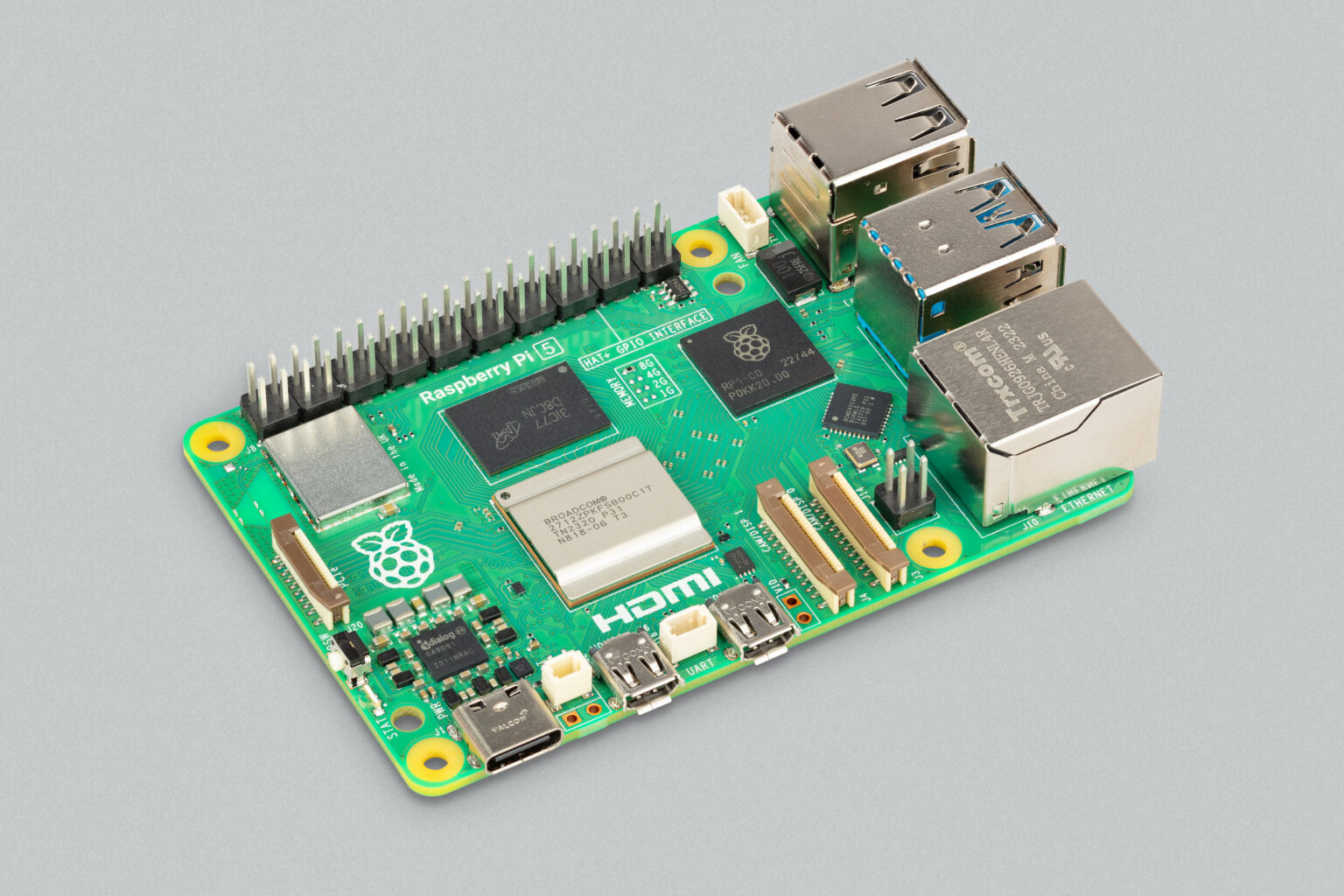 Raspberry Pi 5: New model is “2-3 times more powerful” than previous generation
Raspberry Pi 5: New model is “2-3 times more powerful” than previous generationNews The new Raspberry Pi 5 will provide a “no-compromise user experience”, the firm said
By Ross Kelly Published
-
 Sony invests in Raspberry Pi to strengthen edge AI offering
Sony invests in Raspberry Pi to strengthen edge AI offeringNews The move follows longstanding ties between the two firms
By Ross Kelly Published
-
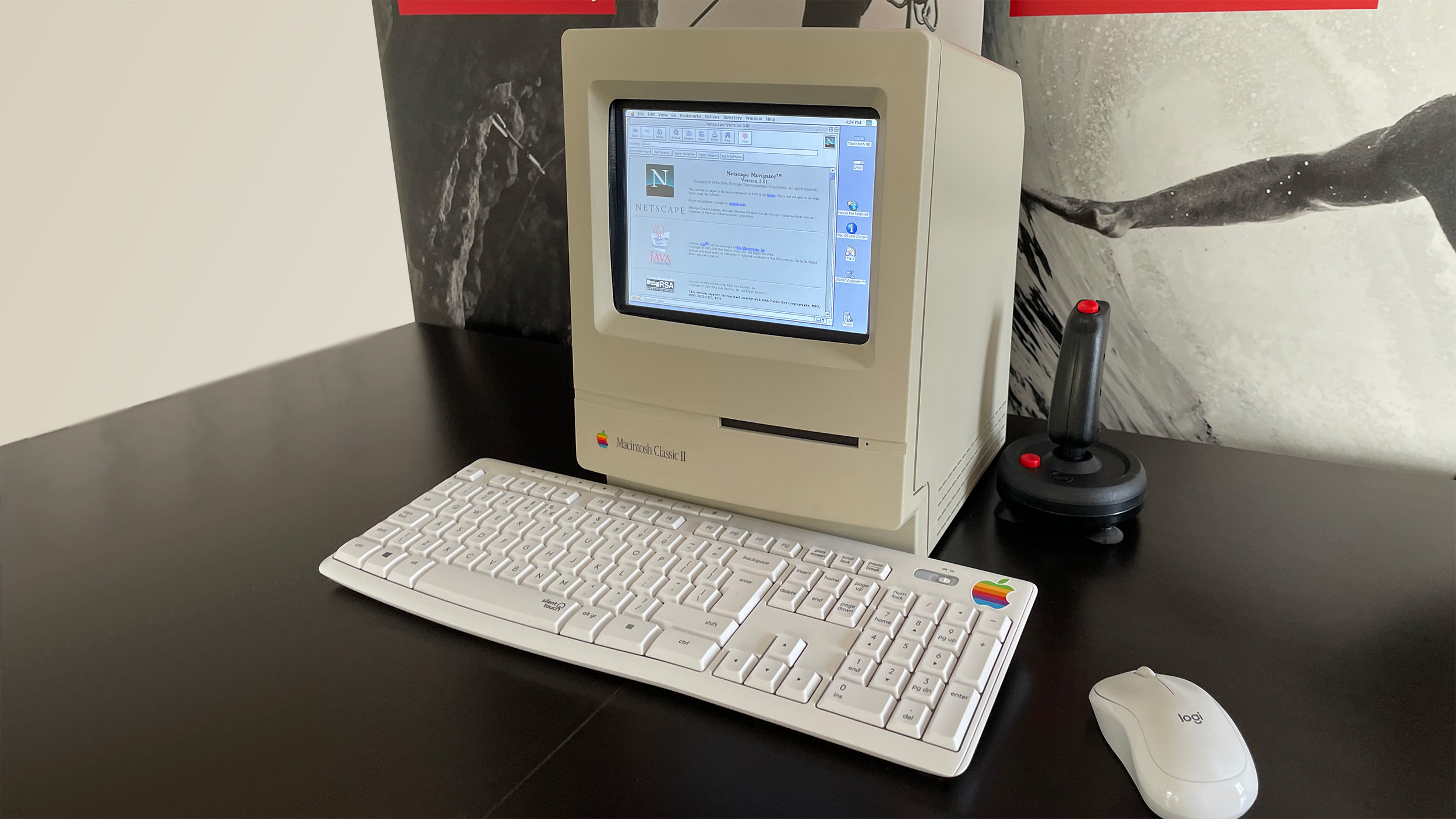 Return of the Mac
Return of the MacIn-depth Developer Jarosław Mazurkiewicz explains the creative process behind MacintoshPi and why he wanted to bring a classic Mac back to life
By David Crookes Published
-
 Raspberry Pi ten years on: Breathing new life into retro machines
Raspberry Pi ten years on: Breathing new life into retro machinesIn-depth A full decade after the Raspberry Pi first hit shelves, the microcomputer is reviving older PCs and games consoles
By David Crookes Published
-
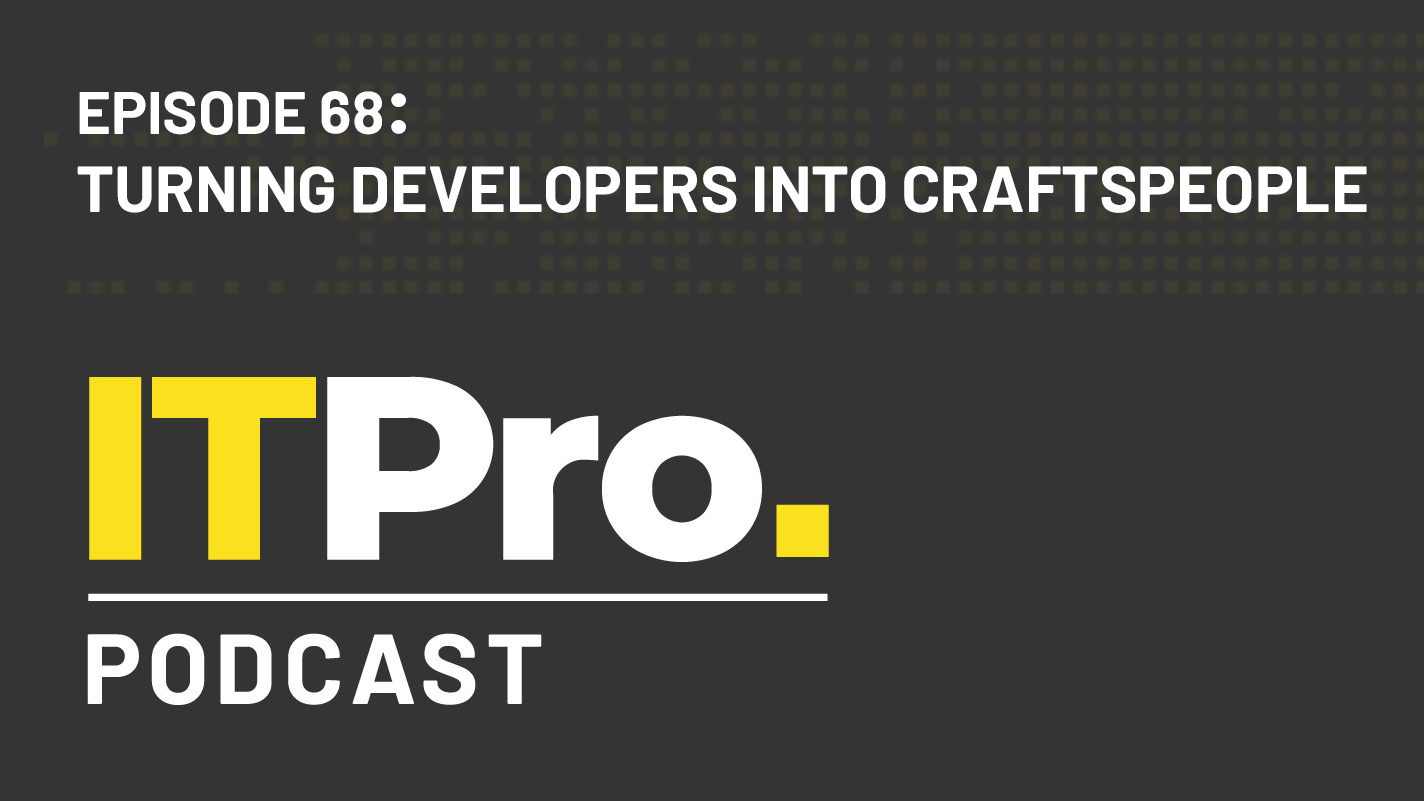 The IT Pro Podcast: Turning developers into craftspeople
The IT Pro Podcast: Turning developers into craftspeopleIT Pro Podcast Making software is about much more than pushing code, explains Raspberry Pi founder Eben Upton
By IT Pro Published
-
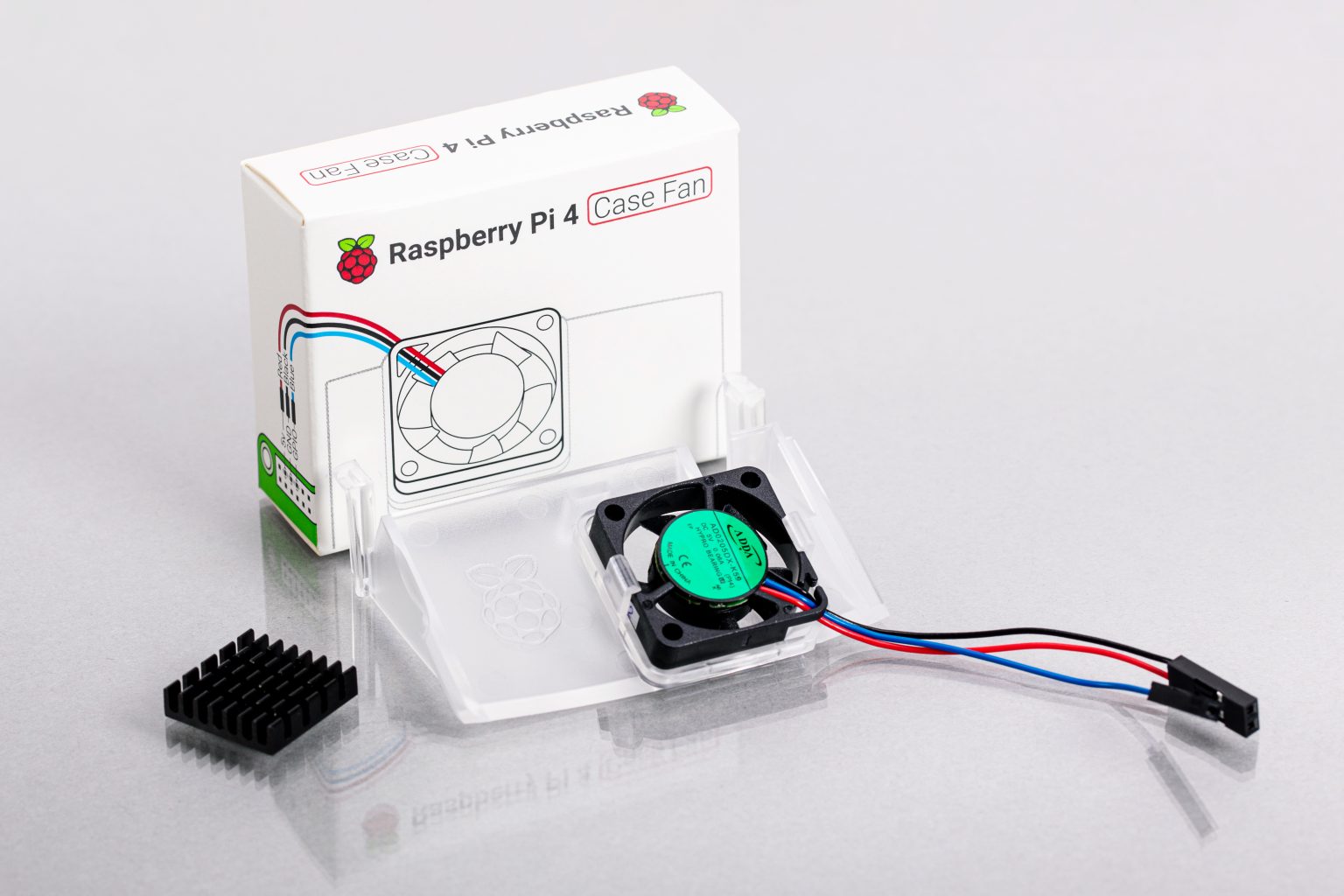 Raspberry Pi 4 gets an official case fan
Raspberry Pi 4 gets an official case fanNews The £4.50 fan will prevent the board's ARM Cortex-A72 processor from overheating
By Rene Millman Published
-
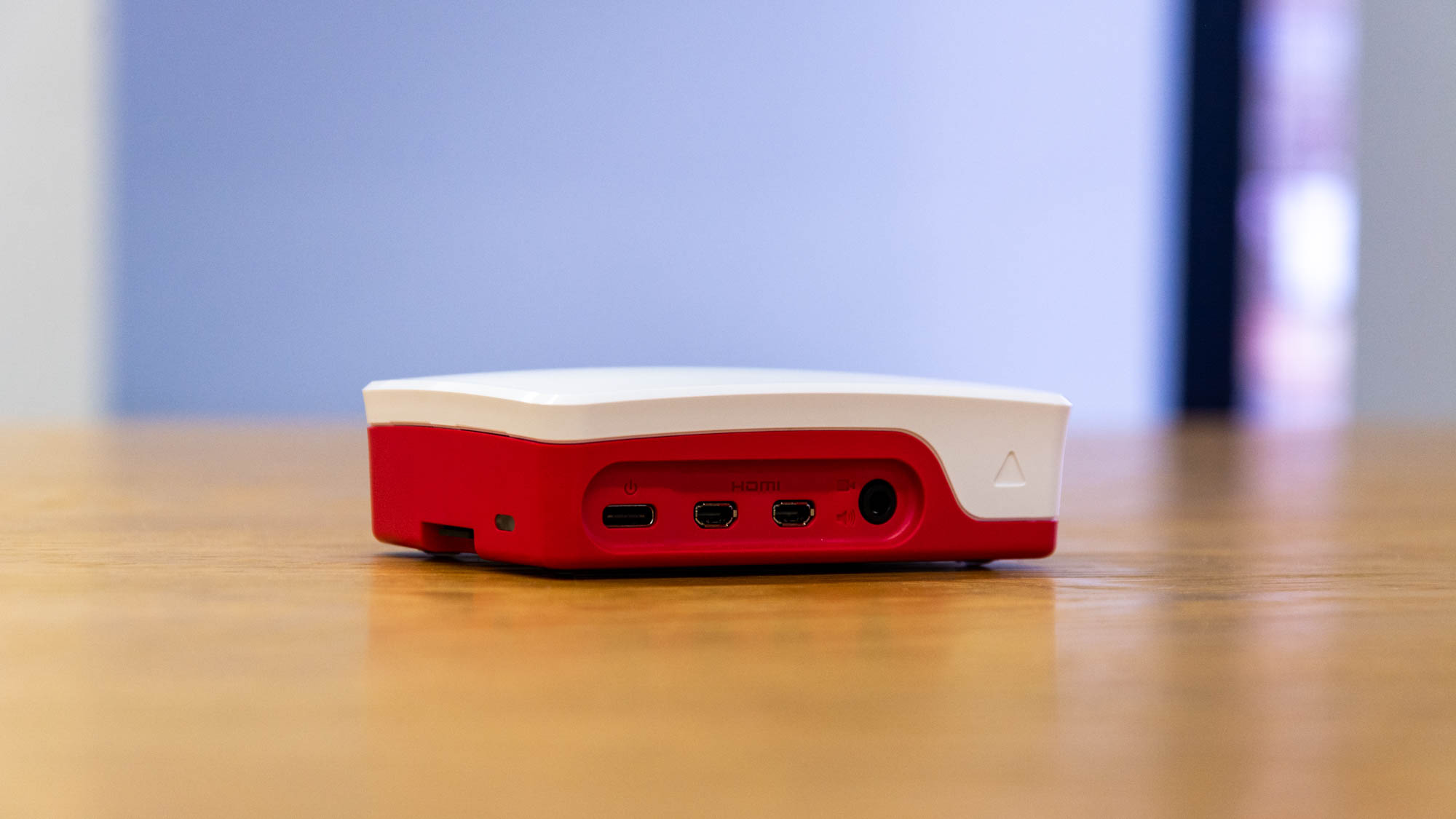 Raspberry Pi doubled its display outputs to grow its enterprise business
Raspberry Pi doubled its display outputs to grow its enterprise businessNews Extra port was added at request of Citrix to enable thin-client usage
By Adam Shepherd Published